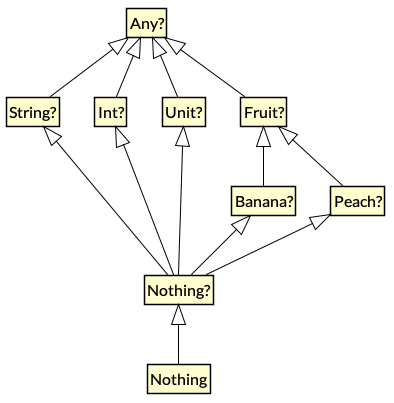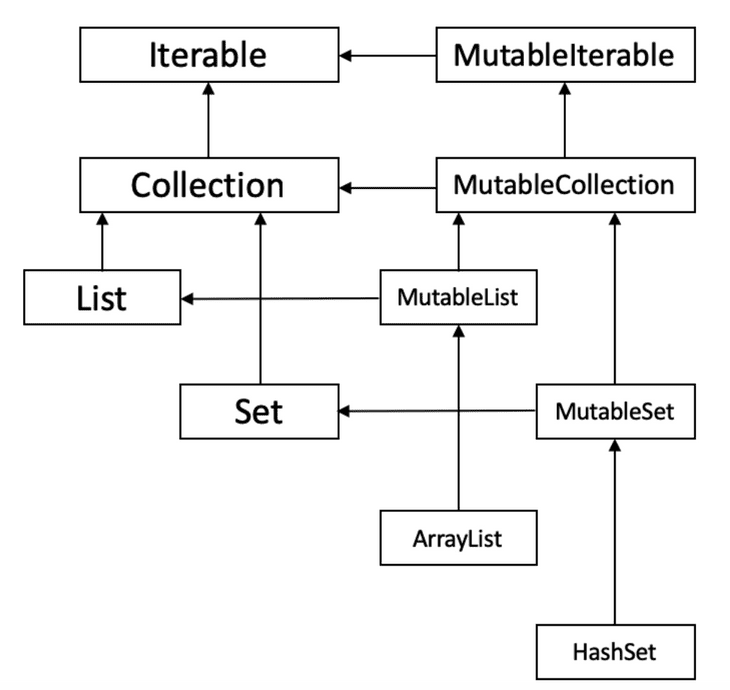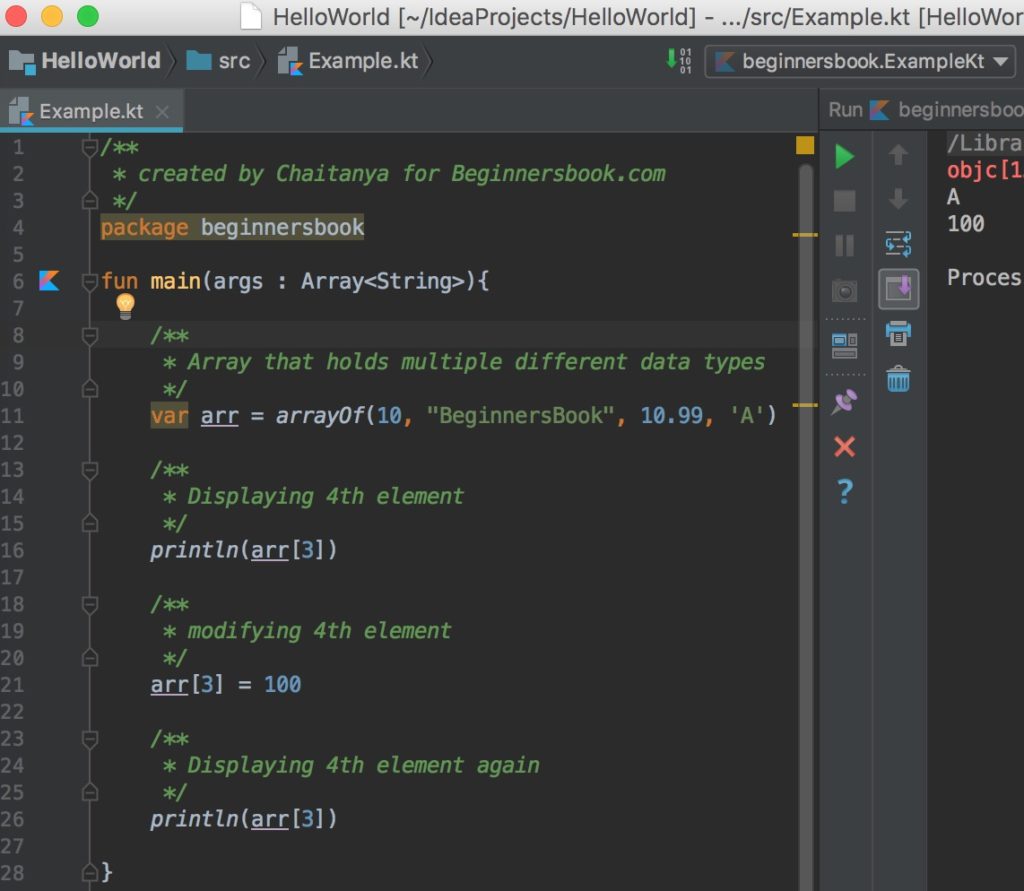

Object contains an array of Feature objects. GeoJSON also comprises the types Feature and FeatureCollection.įeature objects in GeoJSON contain a Geometry object with one of theĪbove geometry types and additional members. Instances of these geometry types are analogous to the well-knownīinary (WKB) and well-known text (WKT) representations described in OpenGIS Simple Features Implementation Specification for SQL :Ġ-dimensional Point and MultiPoint 1-dimensional curve LineStringĪnd MultiLineString 2-dimensional surface Polygon and MultiPolygon Īnd the heterogeneous Geometr圜ollection. GeoJSON comprises the seven concrete geometry types defined in the Geographic information system standards and have been streamlined toīetter suit web application development using JSON. In GeoJSON are not new they are derived from preexisting open The format is concerned with geographic data in the broadest sense Īnything with qualities that are bounded in geographical space mightīe a Feature whether or not it is a physical structure. Geometry object and additional properties, and a FeatureCollection Point, LineString, Polygon, MultiPoint, MultiLineString, GeoJSON supports the following geometry types: Spatially bounded entity (a Feature), or a list of Features (aįeatureCollection). GeoJSON object may represent a region of space (a Geometry), a Structures using JavaScript Object Notation (JSON). GeoJSON is a format for encoding a variety of geographic data Semantics of GeoJSON Members and Types Are Not Changeable 16Ĩ. The Trust Legal Provisions and are provided without warranty asġ. Include Simplified BSD License text as described in Section 4.e of Code Components extracted from this document must Please review these documentsĬarefully, as they describe your rights and restrictions with respect This document is subject to BCP 78 and the IETF Trust's Legal Information about the current status of this document, any errata,Īnd how to provide feedback on it may be obtained atĬopyright (c) 2016 IETF Trust and the persons identified as the Internet Standards is available in Section 2 of RFC 7841.

Internet Engineering Steering Group (IESG). Received public review and has been approved for publication by the It represents the consensus of the IETF community. This document is a product of the Internet Engineering Task Force

This is an Internet Standards Track document. System 1984, and units of decimal degrees. GeoJSON uses a geographic coordinate reference system, World Geodetic Geographic features, their properties, and their spatial extents. The manner in which they are combined to represent data about It defines several types of JSON objects and GeoJSON is a geospatial data interchange format based on JavaScript RFC 7946: The GeoJSON Format Įrrata Exist Internet Engineering Task Force (IETF) H.


 0 kommentar(er)
0 kommentar(er)
